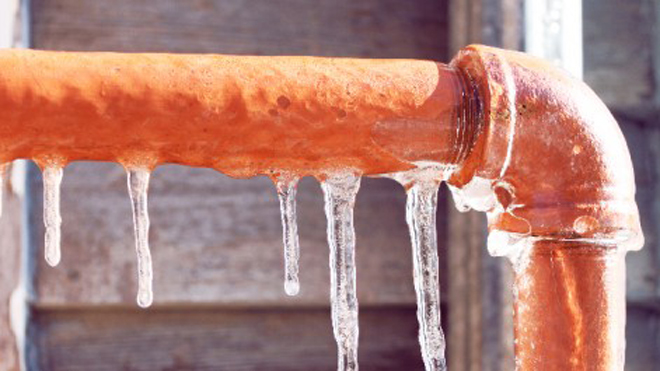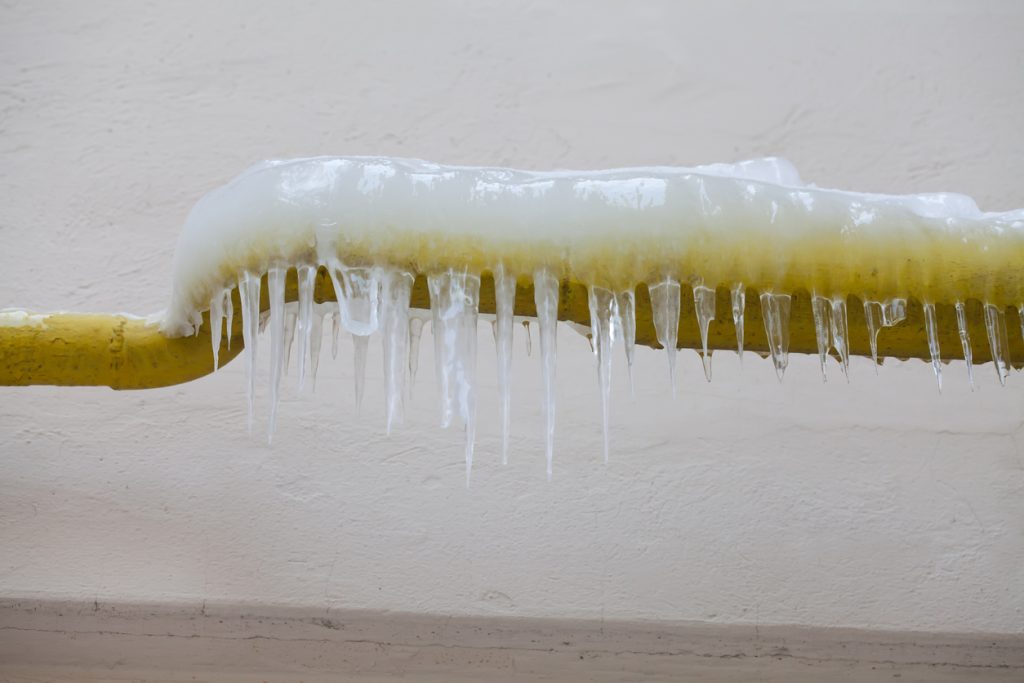Tips to Avoid Frozen Pipes in Cold Weather: Professional Guidance
Tips to Avoid Frozen Pipes in Cold Weather: Professional Guidance
Blog Article
How do you really feel in relation to Prevent Frozen Pipes ?

Winter can damage your pipes, especially by freezing pipes. Here's how to stop it from taking place and what to do if it does.
Intro
As temperature levels decline, the danger of icy pipes rises, potentially leading to pricey repair services and water damages. Recognizing how to stop frozen pipelines is critical for house owners in cold environments.
Comprehending Icy Pipes
What triggers pipelines to ice up?
Pipelines freeze when subjected to temperature levels listed below 32 ° F (0 ° C) for extended durations. As water inside the pipes freezes, it broadens, putting pressure on the pipe walls and possibly creating them to burst.
Risks and problems
Frozen pipes can bring about water system disturbances, residential property damage, and pricey repair work. Burst pipelines can flooding homes and cause extensive architectural damages.
Indicators of Frozen Pipes
Recognizing icy pipes early can stop them from breaking.
How to identify frozen pipes
Look for decreased water flow from taps, uncommon odors or noises from pipelines, and noticeable frost on exposed pipes.
Avoidance Tips
Shielding vulnerable pipelines
Cover pipelines in insulation sleeves or utilize warmth tape to protect them from freezing temperatures. Concentrate on pipelines in unheated or external locations of the home.
Heating methods
Maintain indoor spaces effectively warmed, especially areas with plumbing. Open cabinet doors to allow warm air to circulate around pipelines under sinks.
Shielding Exterior Pipes
Yard tubes and exterior taps
Separate and drain pipes yard hoses prior to wintertime. Set up frost-proof faucets or cover outside faucets with shielded caps.
What to Do If Your Pipelines Freeze
Immediate activities to take
If you think frozen pipes, keep taps available to relieve stress as the ice thaws. Use a hairdryer or towels soaked in hot water to thaw pipes slowly.
Long-Term Solutions
Structural adjustments
Take into consideration rerouting pipes away from outside wall surfaces or unheated areas. Include extra insulation to attic rooms, cellars, and crawl spaces.
Updating insulation
Purchase top quality insulation for pipes, attics, and walls. Correct insulation helps maintain consistent temperatures and reduces the risk of frozen pipes.
Final thought
Protecting against frozen pipelines requires positive actions and quick reactions. By recognizing the reasons, indicators, and preventive measures, property owners can secure their pipes throughout cold weather.
5 Ways to Prevent Frozen Pipes
Drain Outdoor Faucets and Disconnect Hoses
First, close the shut-off valve that controls the flow of water in the pipe to your outdoor faucet. Then, head outside to disconnect and drain your hose and open the outdoor faucet to allow the water to completely drain out of the line. Turn off the faucet when done. Finally, head back to the shut-off valve and drain the remaining water inside the pipe into a bucket or container. Additionally, if you have a home irrigation system, you should consider hiring an expert to clear the system of water each year.
Insulate Pipes
One of the best and most cost-effective methods for preventing frozen water pipes is to wrap your pipes with insulation. This is especially important for areas in your home that aren’t exposed to heat, such as an attic. We suggest using foam sleeves, which can typically be found at your local hardware store.
Keep Heat Running at 65
Your pipes are located inside your walls, and the temperature there is much colder than the rest of the house. To prevent your pipes from freezing, The Insurance Information Institute suggests that you keep your home heated to at least 65 degrees, even when traveling. You may want to invest in smart devices that can keep an eye on the temperature in your home while you’re away.
Leave Water Dripping
Moving water — even a small trickle — can prevent ice from forming inside your pipes. When freezing temps are imminent, start a drip of water from all faucets that serve exposed pipes. Leaving a few faucets running will also help relieve pressure inside the pipes and help prevent a rupture if the water inside freezes.
Open Cupboard Doors
Warm your kitchen and bathroom pipes by opening cupboards and vanities. You should also leave your interior doors ajar to help warm air circulate evenly throughout your home.

I hope you enjoyed reading our article about How to prepare your home plumbing for winter weather. Thanks for taking time to read through our blog post. In case you liked our blog entry please do not forget to share it. Thank you for being here. Return soon.
Call Today Report this page